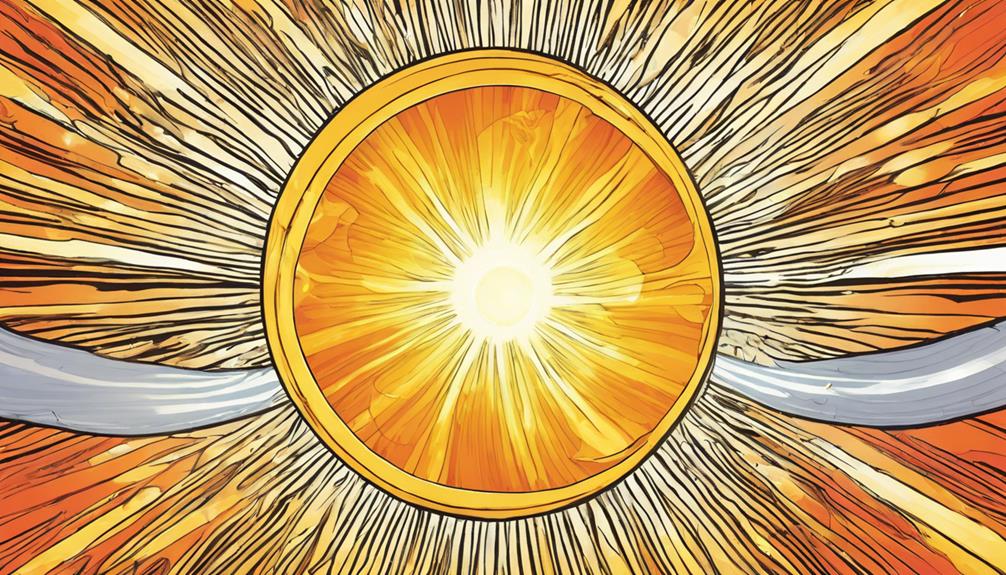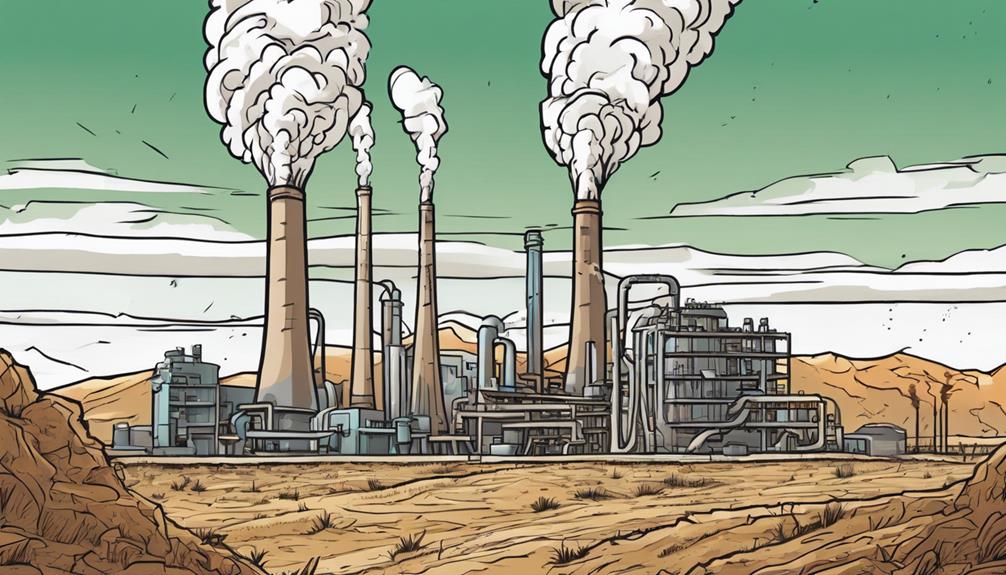We rely on tech to stay connected, but solar flares can bring it all crashing down. These intense energy bursts from the sun can disrupt critical communication systems, crippling power grids and damaging satellites that support our daily lives. We're talking radio blackouts, GPS signal loss, and widespread power outages. It's not just a matter of inconvenience – it's a threat to our safety and economy. Want to know how we can prepare for the next big flare?
Key Takeaways
- Solar flares disrupt technology, including radio communications, satellites, and power grids, causing widespread outages and infrastructure damage.
- X-class flares are the strongest, causing significant disruptions, while M-class and A-class flares also impact technology, albeit to a lesser extent.
- Solar flares cause signal interference, radio blackouts, and GPS signal disruptions, affecting real-time industries like aviation and emergency services.
- Power grid operators closely monitor solar activity to protect against geomagnetically induced currents (GICs) that can damage transformers and critical infrastructure.
- Advanced monitoring systems and algorithms predict solar flares, enabling industries and governments to take precautions and switch to backup systems to minimize disruptions.
Classification of Solar Flares

Frequently, solar flares are categorized into three classes – X, M, and A – based on their intensity, with each class having a distinct impact on our technological systems.
It's common knowledge that X-class flares are the strongest and disrupt technology significantly. They affect radio communications, GPS signals, and infrastructure, making them a top priority for prediction and mitigation.
M-class flares also impact technology, including radio communications and satellites, while A-class flares are less severe but can still affect satellite operations and communications.
Understanding these classifications is essential for preparing for and responding to solar flares, which is why we extensively study X-class flares to better predict and mitigate their effects.
Impact on Communications

As we understand the classifications of solar flares, we can now examine how these intense energy releases impact our communication systems, causing signal interference and disruptions that affect various industries.
Radio communications are particularly vulnerable, with solar flares inducing disturbances in the ionosphere and disrupting signal transmission. This can lead to radio blackouts, which can have significant consequences for industries reliant on real-time communication, such as aviation and emergency services.
Additionally, GPS signals are also affected, causing navigation issues and disruptions to critical infrastructure.
The impact of solar flares on our communication systems is an urgent concern, and understanding these effects is essential for developing strategies to mitigate these disruptions.
Power Grid Vulnerability

We rely heavily on our power grids to function smoothly, but solar flares can overload these systems, leading to widespread outages and disruptions that cascade across entire regions. Geomagnetically induced currents (GICs) are a major concern, as they can damage transformers and other critical infrastructure.
We've seen it happen before – a powerful solar flare in 1989 caused a nine-hour blackout in Quebec, Canada. To mitigate these risks, power grid operators closely monitor solar activity and have strategies in place to protect their systems.
It's a cat-and-mouse game, really – we're constantly working to stay one step ahead of the sun's unpredictable behavior.
Impact on Satellites

Solar flares pose a significant threat to satellites, which are critical components of modern infrastructure. They can damage or disrupt satellite operations, causing ripple effects across various industries. We rely heavily on satellites for communication, navigation, and data transmission, making them a vulnerable target for solar flares.
Here are three key ways solar flares impact satellites:
- Disrupted Communication: Solar flares can interfere with satellite communication, causing errors and disruptions in data transmission.
- Navigation Issues: Solar flares can affect satellite navigation systems, leading to inaccuracies and errors in positioning and timing.
- Component Degradation: Solar radiation during flares can degrade satellite components over time, reducing their lifespan and overall performance.
As we continue to rely on satellites for critical infrastructure, it's crucial to understand and mitigate the impact of solar flares on these systems.
Predicting Solar Flare Disruptions

Frequently, scientists rely on advanced monitoring systems and complex algorithms to predict when solar flares will occur and disrupt our technological infrastructure. By analyzing data from spacecraft and ground-based observatories, we can identify patterns and anomalies that indicate an impending flare. We use this information to issue warnings to industries and governments, giving them time to take precautions and mitigate the impact.
Accurate predictions are vital, as they allow us to switch to backup systems, reroute communications, and protect vulnerable equipment. While we've made significant progress in predicting solar flares, there's still more to be learned. Ongoing research aims to improve the accuracy and lead time of our predictions, helping us stay one step ahead of these powerful disruptions.
Frequently Asked Questions
Can Solar Flares Cause Physical Harm to Humans on Earth?
"We're wondering if solar flares can cause physical harm to humans on Earth. Thankfully, the answer is no; solar flares don't directly harm humans, but they can disrupt tech and infrastructure, leading to indirect consequences."
How Often Do Significant Solar Flares Occur in a Given Year?
We typically see several important solar flares annually, with about 2-3 X-class flares and 10-20 M-class flares occurring per year, making it essential to monitor and prepare for their potential disruptions.
Are There Any Benefits to the Energy Released by Solar Flares?
While solar flares wreak havoc on tech and comms, we find benefits in the energy released, like enhanced aurora displays and, surprisingly, improved radio signals, allowing for better high-frequency radio communication.
Can Solar Flares Affect the Stock Market and Financial Transactions?
As we navigate the digital marketplace, a silent predator lurks, threatening to disrupt our financial transactions. Yes, solar flares can impact the stock market, causing errors, delays, and even system crashes, putting our digital transactions at risk.
Are There Any International Collaborations to Mitigate Solar Flare Impacts?
Yes, we have international collaborations to mitigate solar flare impacts, such as the United Nations' Space Weather Programme, which brings together experts to develop strategies for predicting and preparing for space weather events.
How do Solar Flares Affect Solar Power in Third World Communities?
Solar flares can have a significant impact on solar power in third world communities. The intense radiation emitted during a flare can disrupt satellite communications, which are essential for monitoring and controlling solar power systems. This can lead to power outages and instability in areas heavily reliant on solar power in third world.
Conclusion
As we gaze up at the sun, we're reminded that its beauty belies a beastly power. Solar flares are a ticking time bomb, threatening to unravel the intricate web of our tech and communications systems.
By acknowledging the risks, we can forge a shield of resilience, protecting our digital lives from the sun's fiery wrath.
The clock is ticking – let's harness our collective ingenuity to tame the solar flare's destructive force and safeguard our future.










